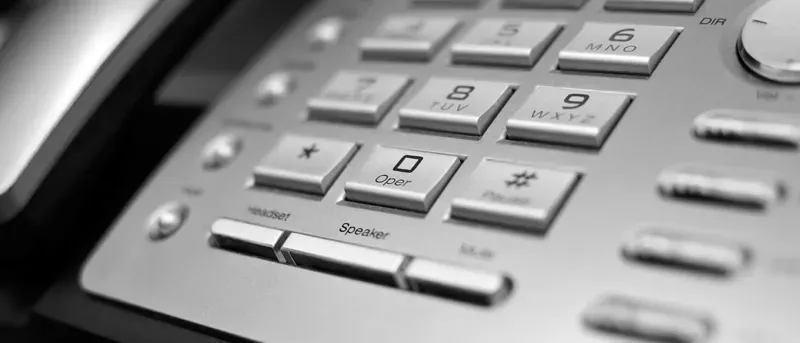
How to Integrate Faxing with VoIP (and why you should)
Voice over Internet Protocol (VoIP) revolutionized business communication by combining voice, data and video into one cost effective, scalable, and easy to manage service.Another perk of VoIP is that it can be used to transmit a fax, however a VoIP server doesn’t automatically work flawlessly for transmitting faxes. That’s because faxing requires more bandwidth than voice, which is what VoIP was designed to handle.
To integrate faxing with VoIP you need to make some modifications to your fax machine and your VoIP setup. That’s where this easy to follow guide comes in handy. It outlines the benefits of integrating faxing with VoIP and will tell you how in four easy steps.
The Basics of Faxing over the Internet
The transmission of fax data using Internet Protocol (IP) is termed Fax over Internet Protocol (FoIP). There are three basic forms of FoIP: “real time faxing” which uses the T.38 protocol, “Internet faxing” which uses fax machines compatible with the T.37 protocol, and the one we’ll explore, “VoIP faxing” which uses G.711 technology to carry data through VoIP gateways and across the Internet.
Advantages of Integrating Faxing with VoIP
Faxes were historically sent over phone circuits using sounds. The sounds were converted back into data by the fax machine receiving the fax. If there was a data loss during transmission, the receiving fax machine terminated the transmission and the fax had to be sent again. The fax machine required a dedicated phone line and the sender incurred phone charges if the fax was sent long distance.
VoIP faxing allows the user to send the fax right from their computer without the hassle of printing out the document and feeding it into a fax machine. Rather than being sent from a phone number to a phone number, a VoIP fax is sent from one Internet Protocol (IP) address to another and therefore doesn’t require a phone line. VoIP makes faxing more convenient, and it’s typically free, even for long distance faxing. Moreover, because the originating documents are often digital, the quality of a VoIP fax is superior to traditional faxing.
How to Integrate Fax with VoIP
Step 1. Set VoIP fax line to G711
The first step to integrating fax with VoIP is to make sure that the line you fax on (your VoIP fax connection) is set to G711. Note that G711 is a non-compressed codec. If your VoIP fax connection is set to a compressed codec such as G729, the fax will fail. If you don’t have access to change the setting then call your VoIP provider and request the fax line be set for G711.
Step 2. Disable “Bandwidth Saver”
You should be aware some VoIP providers have a “Bandwidth Saver” compressed codec setting enabled. Be sure the “Bandwidth Saver” setting is disabled.
Step 3. Slow down fax machine BAUD rate
Next, you’ll need to slow down the transmission speed of the fax to help make sure all of the data gets to its destination. If some data is lost along the way, the transmission will fail even if the document is useable without the data.
Transmission speed is typically measured as a BAUD rate, or the number of symbols sent per second. Set you fax machine’s transmission speed (BAUD rate) to 9600 bits per second (bps) or even slower to 7200 bps. This will increase the probability that all of the data will make it to its destination.
Step 4. Turn off error correction mode
Once you’ve set your VoIP connection to G711 and the BAUD rate to 9600 bps or slower, it’s time to turn off (disable) error correction mode (ECM). It’s important to know that many fax machine manufacturers have ECM defaulted on, so don’t skip this step.
Use these simple four steps to integrate fax with VoIP and start saving money, boosting productivity and streamlining communication today.